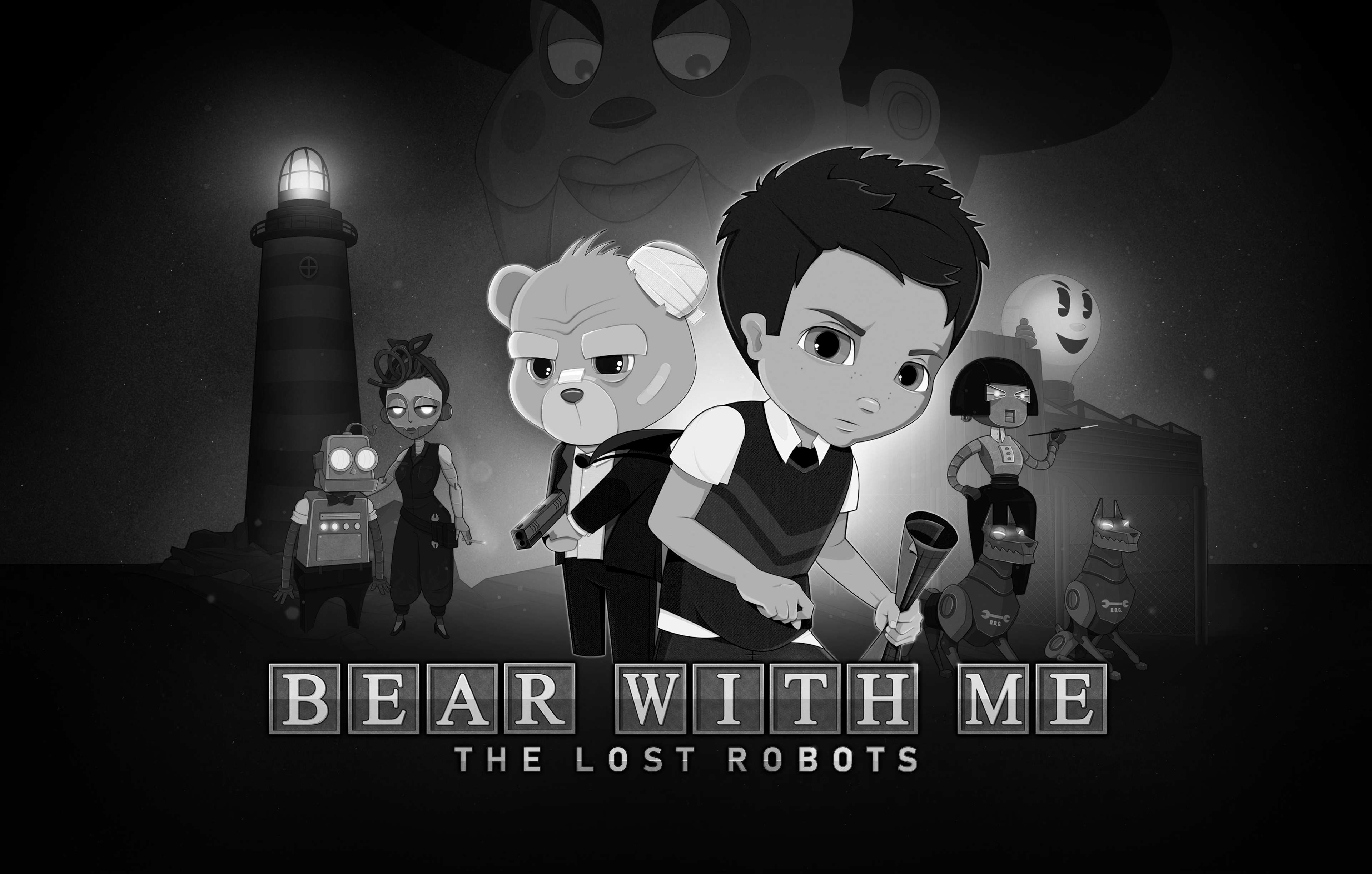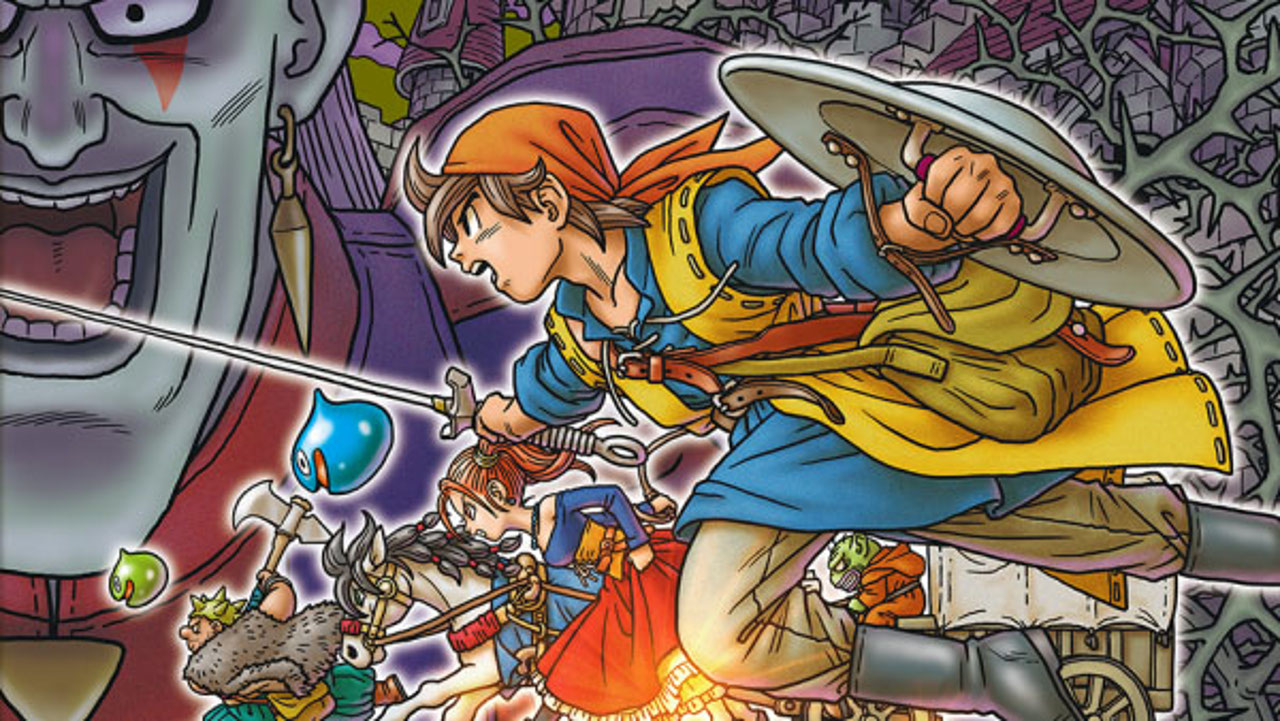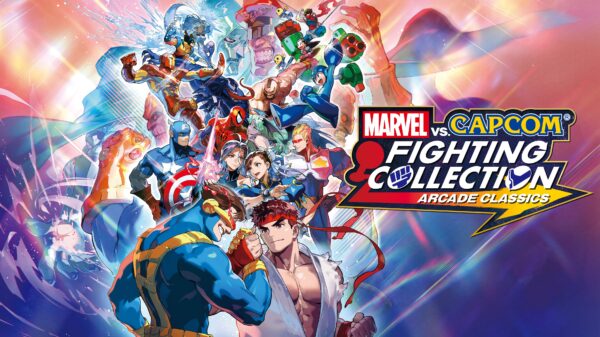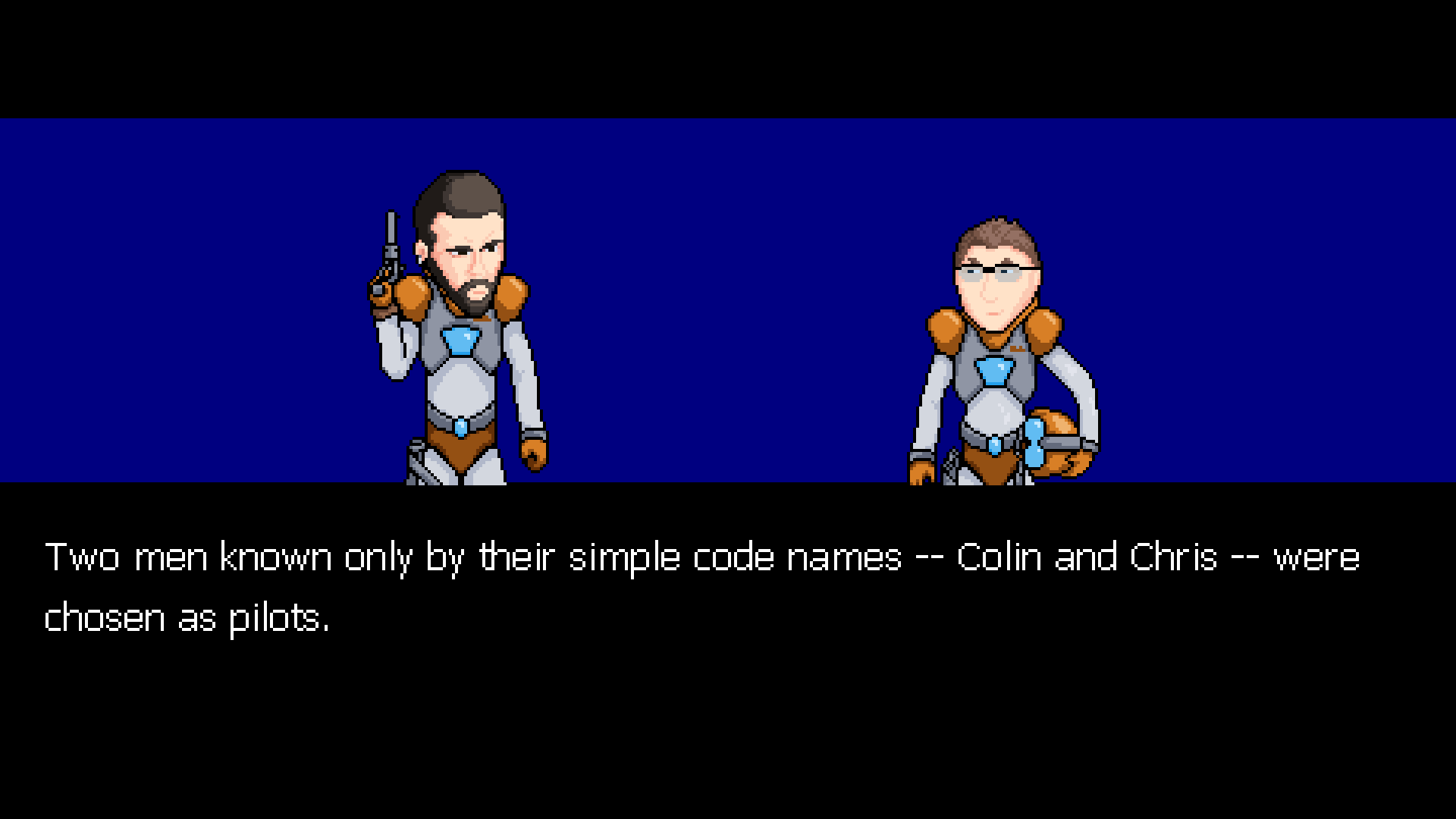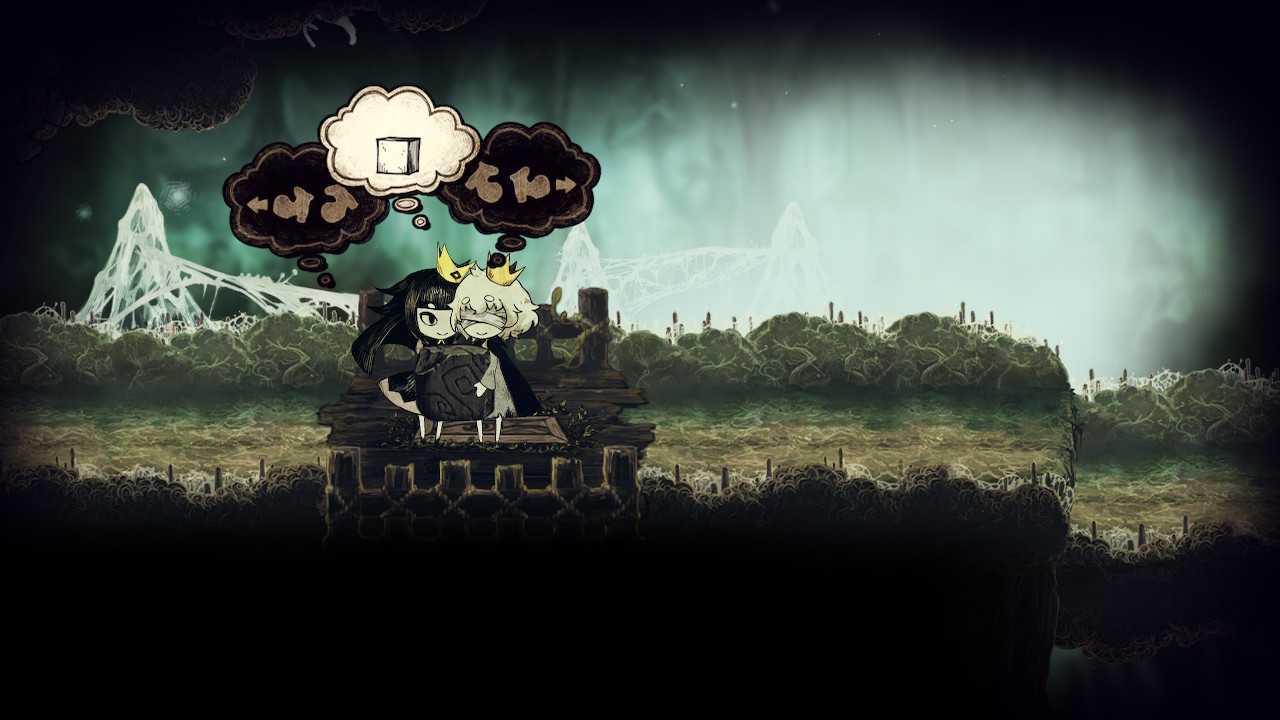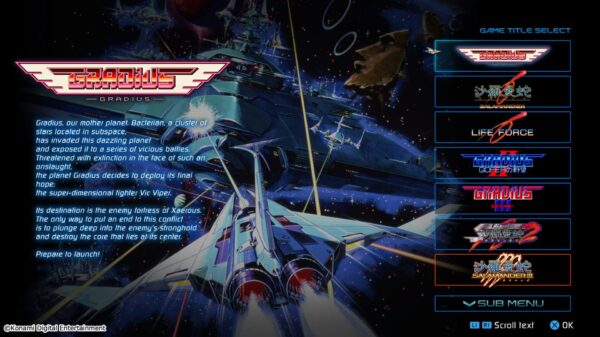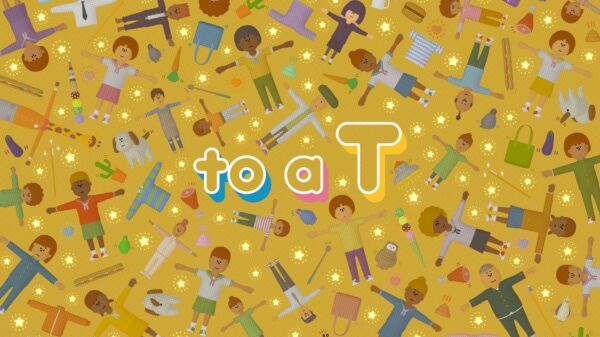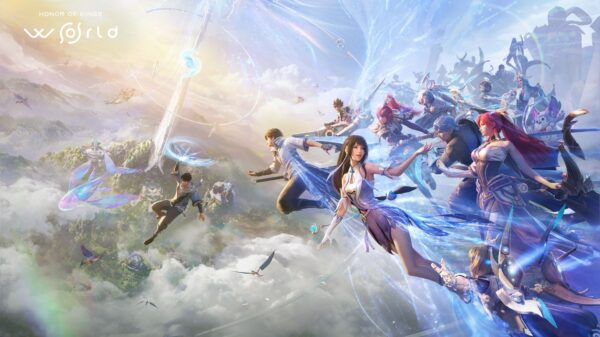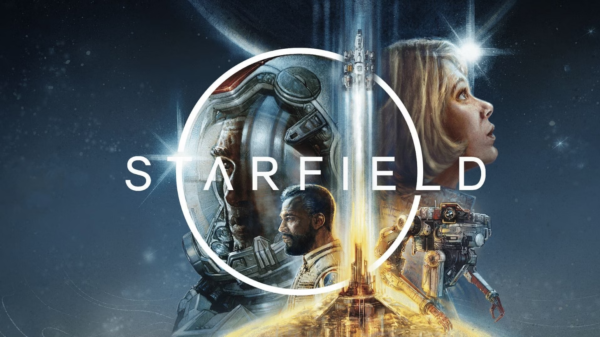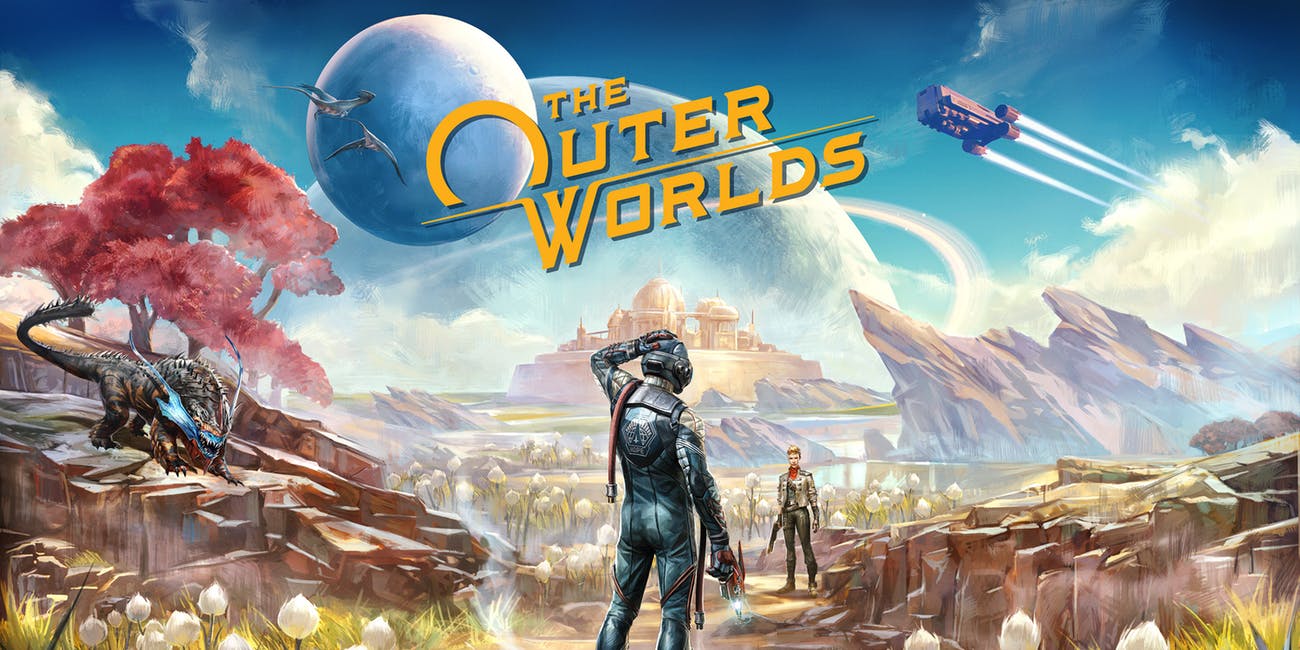Step into an abandoned school in a mysterious world, forge connections with the girls around you, and battle demons to reclaim lost memories in the beautiful new entry in Gust’s magical girl series.
Blue Reflection: Second Light
Developer: Gust
Platforms: $60
Platforms: Nintendo Switch (reviewed), PlayStation 4, PC
MonsterVine was provided with a Switch code for review.
Back in 2017, I reviewed Gust’s magical girl JRPG Blue Reflection and found it to be a pleasant game that struggled with combat and exploration but excelled in social interactions and enemy designs. I enjoyed it enough to hope for a sequel, so I was thrilled when Gust announced Blue Reflection: Second Light.
While the first game followed a girl’s daily life at school, the sequel has a drastically different setup. Ao is on her way to summer classes, but when she walks into the classroom, she finds herself in a different world–an isolated school inhabited only by three other girls, all of whom have lost their memories. Aside from the school, which is surrounded by water, the only other place they can access is a strange area they refer to as the Faraway. They later learn that these areas connected to the school are “heartscapes,” places created from their emotions in which they can find fragments of their lost memories. Not only that, but as they remember people close to them, more girls begin appearing in the school, each with her own heartscapes to search for memories.

Heartscapes are fun to explore, if not quite as fantastic in appearance as I might have hoped for from environments created from memories. Only the later ones do anything interesting with the concept. For the most part, they’re just areas to explore with materials to collect from glowing orbs (and by cutting down high grass, which isn’t as plentiful in terms of materials but causes a satisfying flurry of flower petals). Materials can be used back at the school to craft items. Initially, I worried that this might lead to a gameplay loop that would feel too much like Atelier with a Blue Reflection premise. However, the focus on the memory fragments took away from that feeling. In fact, there was only one time I had to venture back into a heartscape to restock a material I’d run out of. They’re plentiful enough that you’ll usually have what you need, although it’s still worth revisiting heartscapes to access new sections once you’re able to craft tools to get past obstacles.
Of course, it’s not all about grabbing materials and searching for fragments. Demons roam the heartscapes for you to fight. Combat this time around uses an ATB system, although it pauses when you select your action. You can have three characters in your battle party at a time, plus a fourth character you assign to a support role. Your three primary characters move along the ATB timeline gathering ether, which allows them to attack. Meanwhile, your support character automatically uses buffs at set intervals, and you can also assign her to use an item or switch out with one of the active party members. Using skills increases the speed at which you regain ether, as well as building up a combo meter that multiplies your damage. Once your ether gain is high enough, you’ll move into a higher gear, which gives you access to stronger skills. It will also cause you to transform into your Reflector form. While these transformations aren’t quite as flashy as in the first game, Second Light makes up for it with some dazzling finishing moves.

Attacking an enemy with an element it’s weak to knocks it back on the timeline, and if you deal enough damage quickly, you can knock down the enemy for a brief period of time. This sets up a fun system where you’ll need to decide if you should use an attack right away to delay the enemy, or wait until you’re further along the timeline to use a more powerful move. During boss fights, you also can trigger special one-on-one fights. In these encounters, you briefly face off against the boss with only a single character in a system that is slightly more action-oriented. You’ll need to time dodges or counterattacks and attack the boss to deal as much damage before time runs out. This combat system has a lot going on, but the different elements are introduced gradually enough that it never feels overwhelming.
Back at the school, which serves as your hub, characters sometimes give you side quests to complete. Quests tend to be pretty basic, but easy enough to complete, except for one particular type of side quest. If a character asks you to return to her heartscape, this usually means it will be a stealth mission, requiring you to sneak around enemies and return to the start if you’re seen. These missions are annoying, the only part of the game I really disliked, and left me wondering why they were included at all.
Now, in addition to crafting items, Ao and the others soon decide that they should enhance the school according to their tastes. The school development feature lets you craft a variety of decorations to place outside. I was a little disappointed that you can’t customize the inside of the school or rearrange the items beyond simply picking its spot, but delighted when I actually saw the characters interacting with them. These projects aren’t just for aesthetics, either. Some provide passive benefits, some have effects you can toggle on or off, and some let you trade coins or other items to get additional items for combat. And if you’re more interested in the social side of these, they also make for excellent date spots.

As more girls appear in the school, you end up with a sizeable cast, although many of them aren’t combatants. However, you get to know all of them over the course of the story, and that includes inviting them on dates. “Dates” are really just bonding events, as you walk around the school with your chosen companion and talk to them. Your walking speed for these dates is unfortunately slow, but you still can use fast travel to get around the school–and even warp directly to the date spot, although the optional conversations you can find if you seek them out first are well worth the time. The dates tend to be pretty funny, especially depending on the dialogue choices you pick. Your choices will determine which fragment–equippable items with a variety of benefits–you get, but you’ll have more than enough to go around. Dates also reward you with Talent Points, which you use to unlock stat boosts and other benefits.
The thing that stood out to me the most about the dates is the sheer number of them. I expected a handful of scenes with each character, but instead I got date after date. The only trouble is that there are so many that they tend to stack up, especially for characters introduced later on who need to catch up to the others. By mid-game, it wasn’t uncommon for me to come back from a heartscape to find that some characters had four or five dates available all at once. Still, they’re wonderful scenes that really sold me on these characters and their friendships with Ao. After enough dates, you’ll start holding hands as you walk together, too.
The characters are the heart and soul of this game, and they drive the story. The story lacks urgency for most of the game; if it ever occurred to you that being trapped in a world with your friends where you have an entire school all to yourself might be fun, that’s sort of the attitude this game takes. They want to regain their memories and return home, but they won’t overlook the opportunities for fun this situation presents. It has a pleasant, relaxed atmosphere that just feels comforting to play. That isn’t to say it’s all lighthearted fluff, though. These characters have some serious incidents in their lost memories, and the story is filled with moments both heartfelt and emotional.
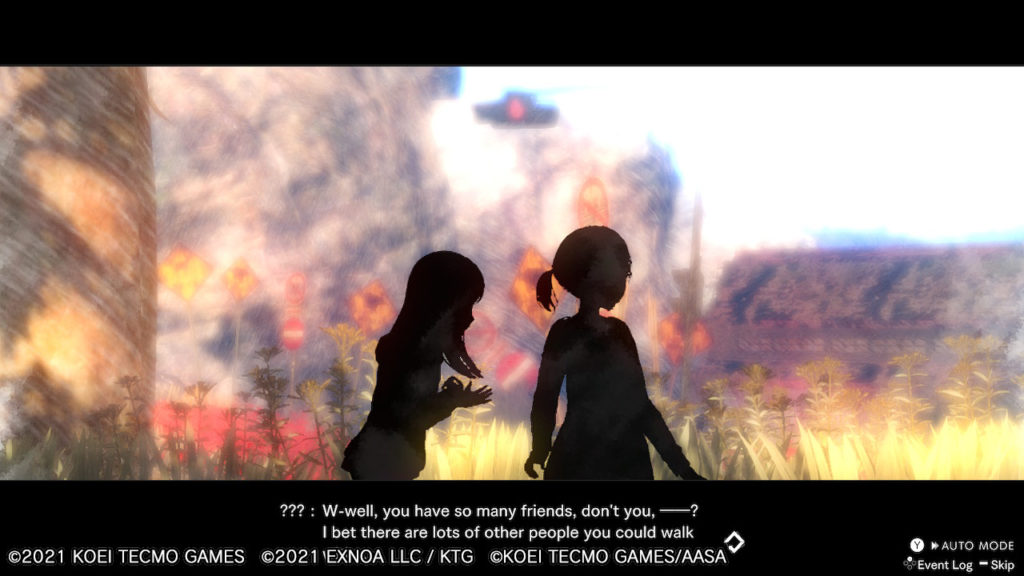
Now, Second Light is a sequel not only to the first game, but also to the anime Blue Reflection Ray. You might be wondering if you can play Second Light without playing the first game or watching the anime. Largely, I would say yes. Certain events and characters will mean more to you if you’re familiar with them, but they’re introduced in such a way that you won’t feel lost. However, Second Light does spoil key events from the first game and implies some significant plot developments from the anime, so keep that in mind if you want to check them out eventually.
Blue Reflection: Second Light is a very different game from its predecessor, but an excellent one. The combat is fun, the social interactions are excellent, and the story is pleasant. I’m so happy Gust chose to continue with this franchise, and I hope they return to it again in the future.
 The Final Word
The Final Word
While the original Blue Reflection had some notable flaws, I always hoped it would someday get a sequel, and I couldn’t be happier with the results. Blue Reflection: Second Light might not be as unique in some respects, but it’s a much stronger game overall and an excellent addition to this series.
-MonsterVine Rating: 4.5 out of 5 – Great







